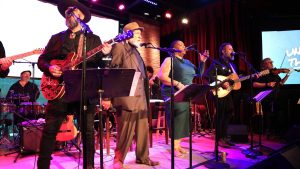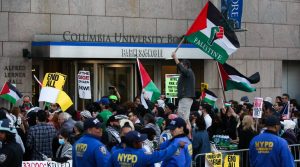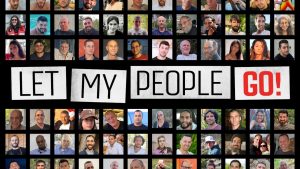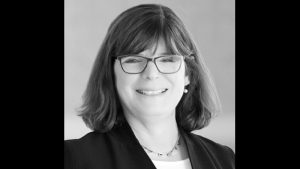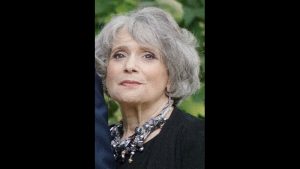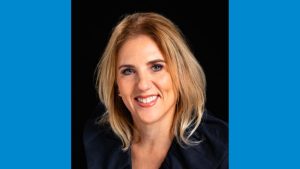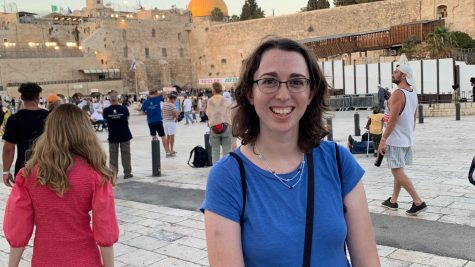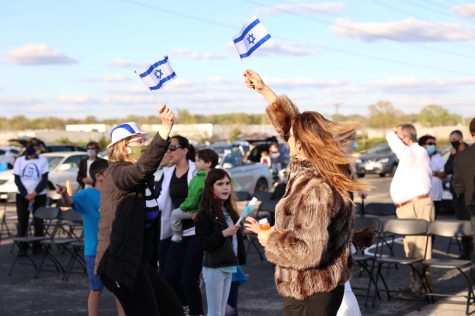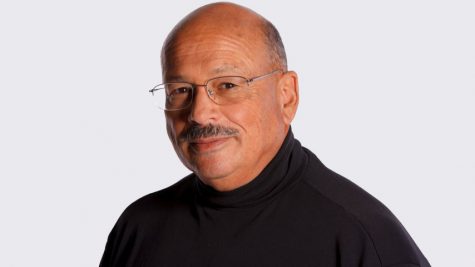Editorial: Number Our People
Published October 17, 2012
“Take a census of the whole Israelite community…”
— Numbers 1:2
The Hebrew Bible teaches us that the Almighty commanded Moses to “take a census of the whole Israelite community.” That ancient wisdom has tremendous currency for the descendants of the ancient Israelites: There is an urgent need for accurate and up-to-date demographic information on the Jewish community both nationally and locally.
There has not been an official and scientifically conducted National Jewish Population Study since the year 2000, when a survey conducted for the Jewish Federations of North America estimated the Jewish population of the United States at 5.2 million. The last time such a study was conducted locally was in 1995, when the late Gary S. Tobin, a native St. Louisan and respected demographer, estimated the total Greater St. Louis Jewish population at 60,000.
Why does the Jewish community of St. Louis need to invest in such a study? One only has to scan the headlines of recent local stories in the St. Louis Jewish Light to appreciate the pace of change. The previously separate Reform and Conservative day schools have merged, two Conservative shuls have approved a merger, one Reform synagogue is putting its building up for sale and another recently ceased operations altogether.
Things are, to say the least, in flux, and without knowing more about who we are, it is extremely difficult to plan for the future. Andrew Rehfeld, President and CEO of the Jewish Federation of St. Louis, spoke at that agency’s annual meeting of the changing nature of the St. Louis Jewish community and how important it is to assess our collective agenda of services and programs to meet evolving needs. The Jewish Light and our partners, the Jewish Community Relations Council and Jewish Community Center, focused an installment of our Can We Talk? Series in the past year on the changing face of the Jewish community.
No one should take the results of a potential survey for granted, as other Jewish communities have conducted recent studies with surprising results. A New York Times story by Joseph Berger in June reported that “after decades of decline, the Jewish population (of New York) is growing again, increasing to nearly 1.1 million, fueled by the explosive growth of the Hasidic and other Orthodox communities, a new study has found.” Berger adds, “It is a trend that is challenging long-held notions about the group’s cultural identity and revealing widening gaps on politics, education, wealth, and religious observance.”
Among the New York Jewish Population Study findings is the fact that presently 40 percent of Jews in the city identify themselves as Orthodox, an increase of 33 percent from 2002 and that 74 percent of all Jewish children in the city are Orthodox. Also significant is the finding that the Reform and Conservative movements in New York City each lost about 40,000 members between 2002 and 2011. The study was sponsored by the United Jewish Appeal-Jewish Federation of New York.
Meanwhile, a study in Portland, Ore. sponsored by the Jewish Federation of Greater Portland, found that the city’s Jewish population had more nearly doubled, from 25,000 to the “far more accurate count of 47,500.” University of Oregon historian William Toll said that the new survey was the first “serious census” of Portland Jews in decades.
The updated Jewish population survey in Portland found that the established community had grossly undercounted — or virtually ignored — a group called “The Lost Tribe”— a mass of younger, less affluent, largely unaffiliated Jews who are mainly in the city’s eastern half. Federation leaders learned that they must do more to reach out to this “previously unknown presently undeserved mass of Jews.”
The New York City and Portland, Oregon experiences underscore just how vitally important it is in planning for the future needs of the Jewish community that an up-to-date Jewish population study has become. The exercise is hardly an easy one, and Brandeis University’s Steinhardt Institute in its 2010 report on Jewish demographics critiqued past methodologies and suggested better ones
Finding and counting Jews affiliated with synagogues and other institutions is much easier than locating those who self-identify as Jewish but might perceive their connection in any number of ways — through home observance, life outlook, culture and philanthropy. The challenge of complexity, however, while relating to cost, is not a reason to avoid the exercise; if anything, it underscores the need. (In fact, the Jewish Light itself will next week begin its own survey to better understand our readers’ perceptions, opinions and suggestions about our content as part of our strategic planning process for the years ahead.)
We hope that the means can be found — and soon — to make it possible for an accurate and updated St. Louis study to be completed. We cannot realistically plan for our future without such information. As Jewish organizations look towards a challenging future, we must understand the value and nature of our traditional organizational and synagogue structures to support the community that’s there rather than the one imagined or remembered.





